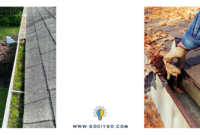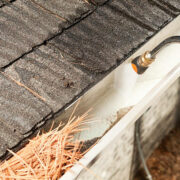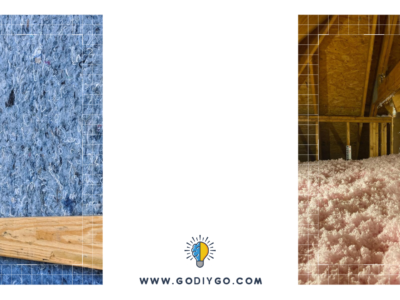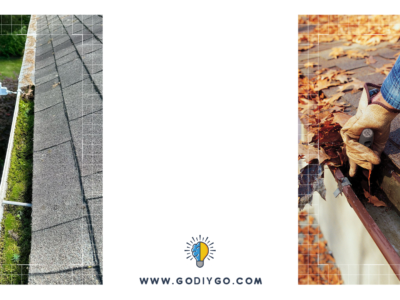Should you have professional concrete scanning done before cutting and excavating? The short answer is, yes! Concrete scanning should be one of the very first things that should be done when any type of cutting or excavating is to be done for several reasons. If you are considering skipping this crucial step to save a few dollars, here are all the reasons why you shouldn’t.
Modern technology such as ground-penetrating radars allows construction workers to be safer
Safety on a construction site is always paramount and when GPRs (ground penetrating radars) are used to scan the concrete, this ensures that no one accidentally hits an underlying object and hurts themselves or others in the process. GPR is far more superior to traditional x-ray concrete scanning, and there are several reasons for this. X-rays come with the inherent risk of producing radiation, and it involves clearing the whole site of workers, specialised PPE is required, and much more time. To give you an idea of the timeframe difference, x-ray concrete scanning takes around 60 minutes compared to around 15 minutes for GPR. GPR not only scans faster but produces more dependable results.
How dangerous is it to cut or dig into concrete?
The problem with concrete is that you cant see what’s in it, and it’s easy to assume that all that’s in concrete is concrete, but more often than not, this isn’t the case. The main thing found in concrete is rebar however, a lot of objects could be embedded inside. Electrical wiring, post-tension cables, pipes are some of the many.
You may be exceptionally lucky and not hit any of these, but if you do, you may be seriously injured or injure someone else, not to mention possibly disrupting a utility service. The worksite may be potentially shut down due to injured workers or not complying with recommended standards and, this can have significant repercussions on the project timeline and budget.
Another thing to consider when disrupting concrete and hitting something is damaged equipment.
Weighing up the risks
Like anything, you need to weigh up the risks of proceeding to cut or excavate concrete and just as important is the company that you choose to scan the concrete for you. You should only hire someone who has extensive experience scanning concrete and has the very best scanning equipment available on the market. The data they collect needs to be precisely accurate to ensure that you can proceed safely and with confidence. If the contractor uses outdated equipment, they may miss smaller objects within the concrete that can still be hazardous if struck.
How does GPR work?
This type of sophisticated technology utilises high-frequency radio waves that transmit through the concrete. It picks up faults or objects by producing an echo. Their location can be pinpointed by the strength of the echo and how long it takes to come back. GPR can be used for other types of materials such as rock, dirt, paving and water.
Common objects that are embedded in concrete
Post tension cables and rebar
As we touched on earlier, one of the most common reasons for using imaging equipment on a material such as concrete is to locate rebar and post-tension cables. Post tension cables are a grid-like structure made from steel that is covered in plastic sheathing. They tighten once the concrete sets, creating tension. As they are hard and the tension is strong, if these get struck they can propel out and strike people and things nearby, as well as that, severing one of these can affect the integrity of the structure as the tension has been broken. If the concrete doesn’t contain post-tension bars, it likely has rebar, and this can be just as hazardous if impacted.
Power and utility cables
Hitting a power or utility cable can be dangerous, and the repair bill can see you out of pocket thousands of dollars. Not to mention disrupting normal services for people living in the local area.
The condition of the ground
GPR is also used to investigate the condition of the ground to determine whether it is suitable to start construction on or whether any underlying materials or objects need to be removed prior to construction.
Concrete scanning is an invaluable piece of equipment
When any type of construction work is to be undertaken on concrete, cutting and excavating included, concrete scanning should be conducted.
The site should be clear of any unnecessary debris or rubble that can potentially interfere with the radar and affect how precise the results are. If you intend on getting soil scanned it cant be wet as this can also affect the results of the scanning.
Whether you are doing some renovations around the home or working on a large scale construction site, if concrete of any kind needs to be cut or excavated, it should be scanned by a professional concrete scanning company beforehand. This ensures your project stays on track, there are no extra expenses along the way, and most importantly no one is hurt.
Here at South East Concrete Scanning, we use the very latest in GPR scanning equipment, and our team are all highly skilled and experienced. We pride ourselves on providing the highest standard of concrete scanning services across the Gold Coast and South East Queensland areas.
Our results are fast and accurate. Contact us for more information.
















